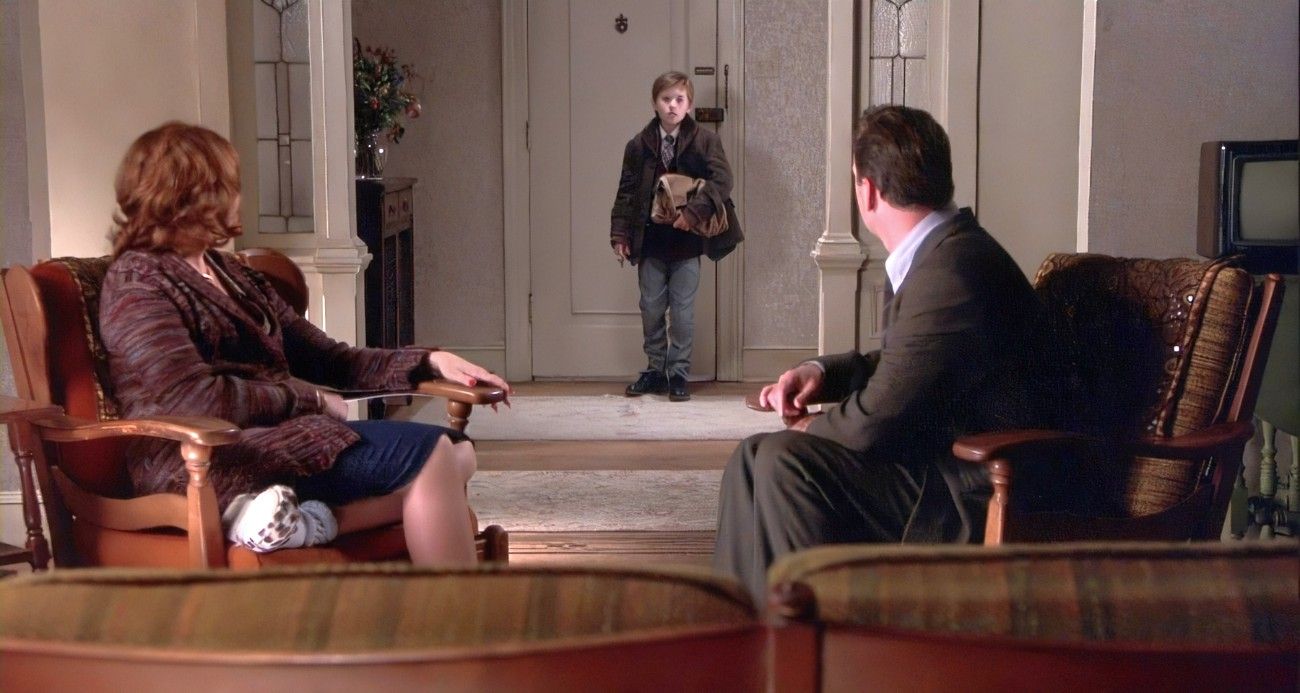
The passing of Claudia Cardinale at the age of 87 marks the end of an era, signifying the departure of one of the most luminous and compelling figures from the golden age of European cinema. Her death, confirmed on Tuesday in Nemours, near Paris, leaves behind a legacy defined by striking beauty, a husky voice, and an undeniable screen presence that captivated audiences and the world’s greatest directors for over six decades. A woman of fierce independence and profound talent, Cardinale was not merely an actress but an icon who embodied the very spirit of postwar European glamour, charting a path that was as complex and dramatic as many of the roles she portrayed.
From her unexpected entry into the film industry to her commanding performances in some of the most revered cinematic masterpieces, Cardinale’s career was a testament to her resilience and artistic integrity. She seamlessly traversed the landscapes of Italian neorealism, Hollywood blockbusters, and groundbreaking European dramas, earning accolades and the affection of millions. Her unique ability to project both a sensual allure and a relatable, “girl-next-door” appeal made her distinct among the era’s symbols, offering an authenticity that resonated deeply with viewers.
This article delves into the remarkable life and extraordinary career of Claudia Cardinale, tracing the pivotal moments, the personal struggles, and the iconic roles that shaped her journey from a reluctant beauty queen in Tunis to an enduring international star. We explore the initial chapters of her story, from her unexpected discovery to her navigation of a burgeoning career intertwined with significant personal challenges, leading to her indelible mark on both Italian and Hollywood cinema.
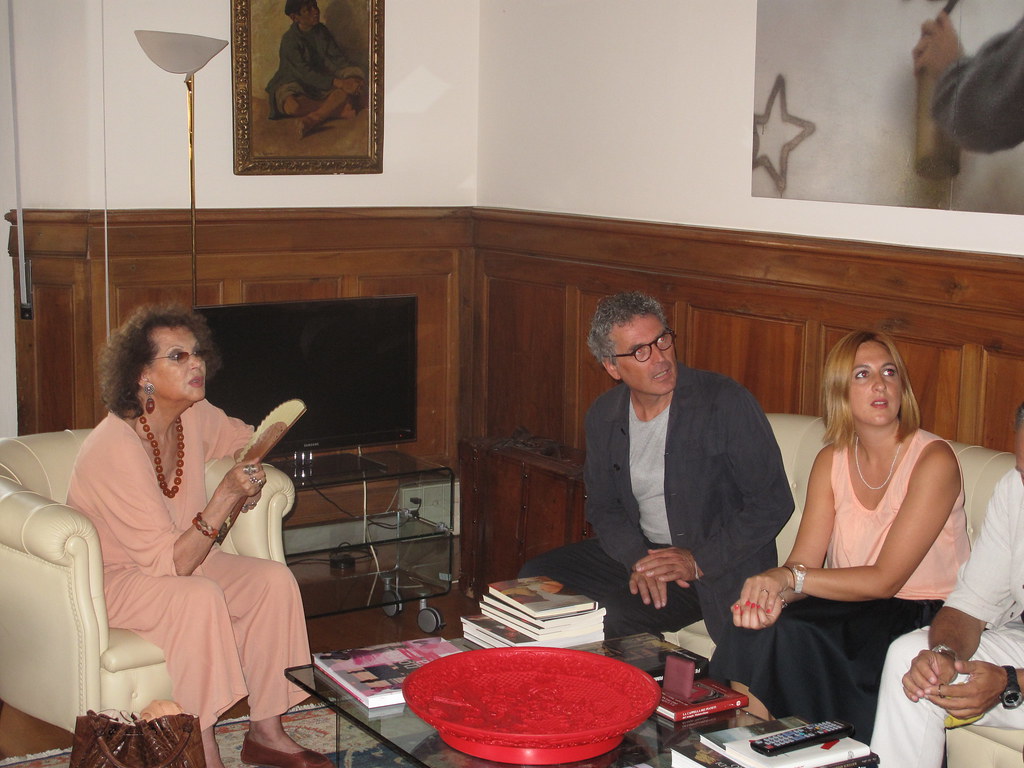
1. **Early Life and Unlikely Path to Stardom**Born Claude Joséphine Rose Cardinale on April 15, 1938, in La Goulette, near Tunis, the capital of Tunisia, Claudia Cardinale’s origins were rooted in a tight-knit Sicilian community. Her parents, Francesco Cardinale and Yolanda Greco, were emigrants from Sicily, and her father worked as a technical engineer for the Tunisian railway. Growing up, Cardinale spoke French, Arabic, and her parents’ native Sicilian dialect, only learning Italian as an adult, a detail that would notably impact her early film career where her voice was often dubbed.
The path to cinematic stardom was far from her childhood aspirations. As a teenager, Cardinale envisioned a future as a schoolteacher, a quiet ambition that seemed a world away from the glamorous life that awaited her. She was described as very young, shy, prudish, and almost wild, without the slightest wish to expose herself on film sets. This initial reluctance highlights a fundamental aspect of her character: a deeply private individual thrust into the public eye, navigating fame on her own terms.
Her journey into film was, as she herself recalled, “just an accident.” Reflecting on her career at the Berlin Film Festival in 2002, where she accepted a lifetime achievement award, Cardinale stated, “When they asked me ‘do you want to be in the movies?’ I said no and they insisted for six months.” This anecdote underscores the serendipitous nature of her discovery and her initial resistance to the siren call of cinema, a world she would ultimately come to dominate.
Read more about: Beyond the Screen: A Star-Studded Deep Dive into the Global Phenomenon of Talking Tom & Friends!
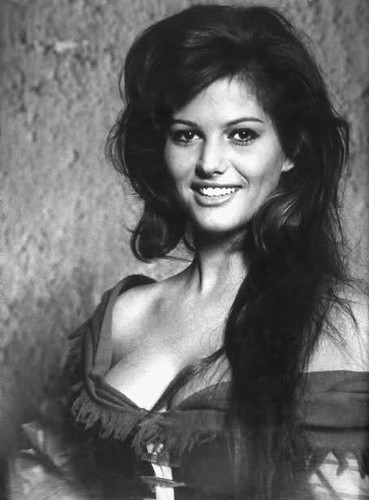
2. **The Fateful Beauty Contest and Venice Debut**Cardinale’s life took an irreversible turn at the age of 16, when she was “picked out of a crowd to win a beauty contest.” Orchestrated in part by her mother at the Italian Embassy in Tunisia, she was crowned “The most beautiful Italian woman in Tunis.” This unexpected victory awarded her a trip to the Venice Film Festival in 1957, a pivotal moment that would dramatically reroute her destiny.
At the festival, Cardinale, then 19, “made her first big splash” and “immediately turned heads,” captivating the Italian media. Her presence, enhanced by “wearing a bikini on the Lido,” led to her being “widely photographed” and appearing “on the cover of all the Italian magazines, under headlines like ‘Here’s the girl who doesn’t want to make movies’.” Despite receiving several offers from the Italian film industry, she “reluctantly, turned her back on her plans to become a teacher,” returning to Tunisia.
Even though she had already appeared in a few films, like Rene Vautier’s short film “Anneaux d’or” and Jacques Baratier’s “Goha” with Omar Sharif, it was this exposure at Venice that truly opened the doors. Her father eventually convinced her to “give this cinema thing a go,” a decision that would prove foundational for her legendary career. However, the reluctant actress would soon face challenges far more profound than choosing a career path.
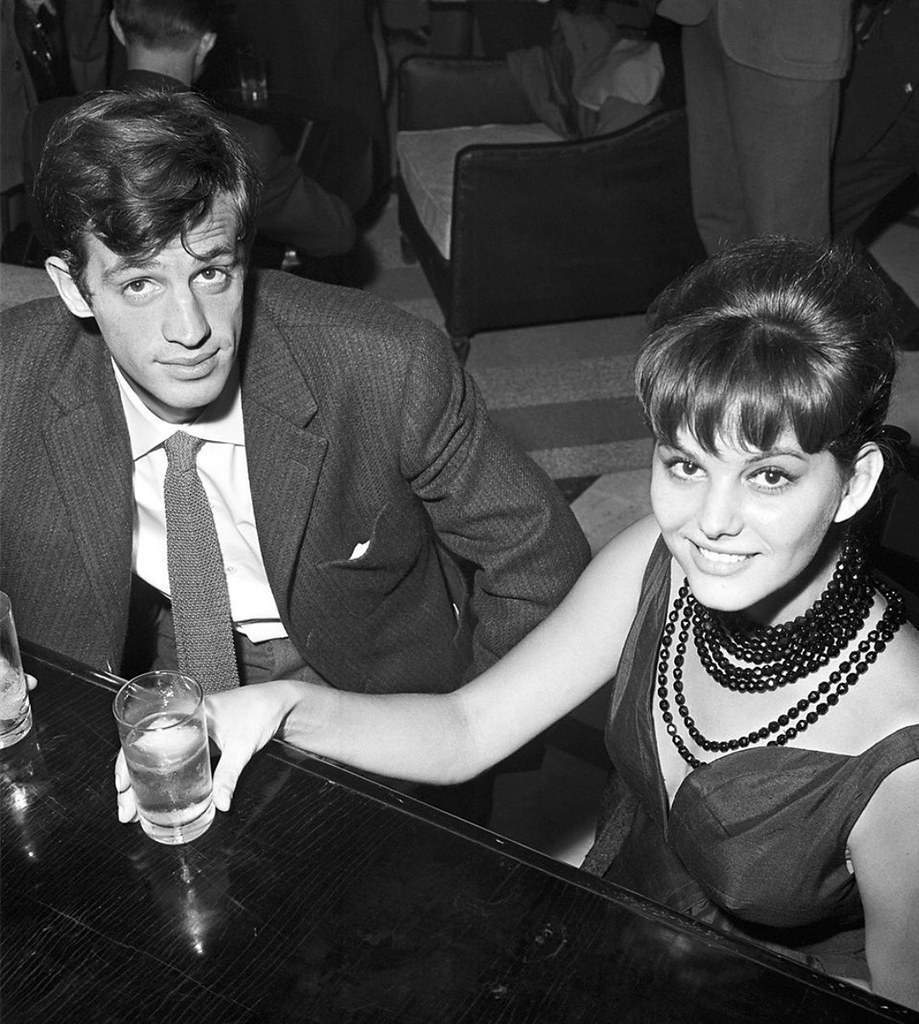
3. **Personal Ordeal: The Secret Birth of Patrick**The early blossoming of Cardinale’s career was overshadowed by a deeply personal and traumatic event. While still a teenager, she was raped by a film producer and became pregnant. With few options openly available at the time and the immense societal pressures surrounding a baby out of wedlock, she made the courageous decision to keep her child, a son she named Patrick. This choice was driven by a fierce maternal instinct and a determination to provide for him, even if it meant sacrificing her own immediate truth.
To avoid a scandal that could have derailed her nascent career and to protect her child’s future, Cardinale agreed to a profound deception. A mentor convinced her to secretly give birth in London and entrust the child to her family. Patrick would officially be introduced as her younger brother until she revealed the truth seven years later when he was eight years old. “I was forced to accept this lie to avoid a scandal and protect my career,” she later confided, revealing the immense personal cost of maintaining this secret.
Her daughter, Claudia Squitieri, later clarified that the ual assault involved “an adult acquaintance, who coerced her into an abusive relationship that led to her becoming pregnant.” This harrowing experience profoundly shaped Cardinale’s early life, imbuing her with a deep understanding of struggle and resilience. Her public revelation decades later underscored her strength and her commitment to living authentically, despite the profound pressures she endured.
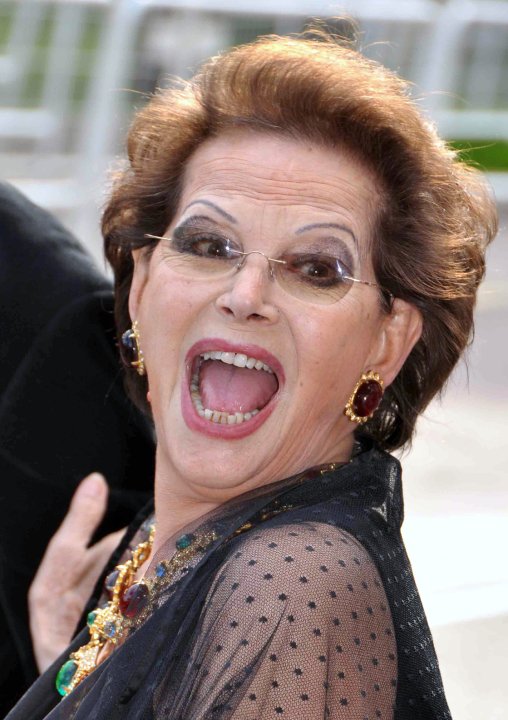
4. **Under Franco Cristaldi’s Tutelage**The trajectory of Claudia Cardinale’s early career was significantly shaped by her professional relationship with Italian producer Franco Cristaldi. After her experiences at the Venice Film Festival and the birth of her son, Cristaldi signed her to his film studio, Vides Cinematografica (now Cristaldifilm), when she was 19. This contract, which lasted for 18 years, was instrumental in guiding her ascent to stardom and navigating the complexities of her personal life within the public eye.
Cristaldi advised her to maintain the deception that Patrick was her little brother, a strategic move to “ensure the child’s future and avoid the scandals involved with having a baby out of wedlock.” While this decision forced Cardinale into a lie, it also provided a framework for her to build her career. She later married Cristaldi in Las Vegas in 1966, though her daughter Claudia Squitieri noted that Cardinale “did not consider the marriage ‘official’,” even as Cristaldi gave Patrick his last name.
Under Cristaldi’s guidance, Cardinale undertook much of her “best work.” He was not only her manager but also a significant figure in shaping her image and selecting her roles during a crucial period of her artistic development. This professional partnership, though born out of challenging circumstances, laid the foundation for her transformation from a hesitant newcomer into one of Italy’s most recognized and celebrated actresses.
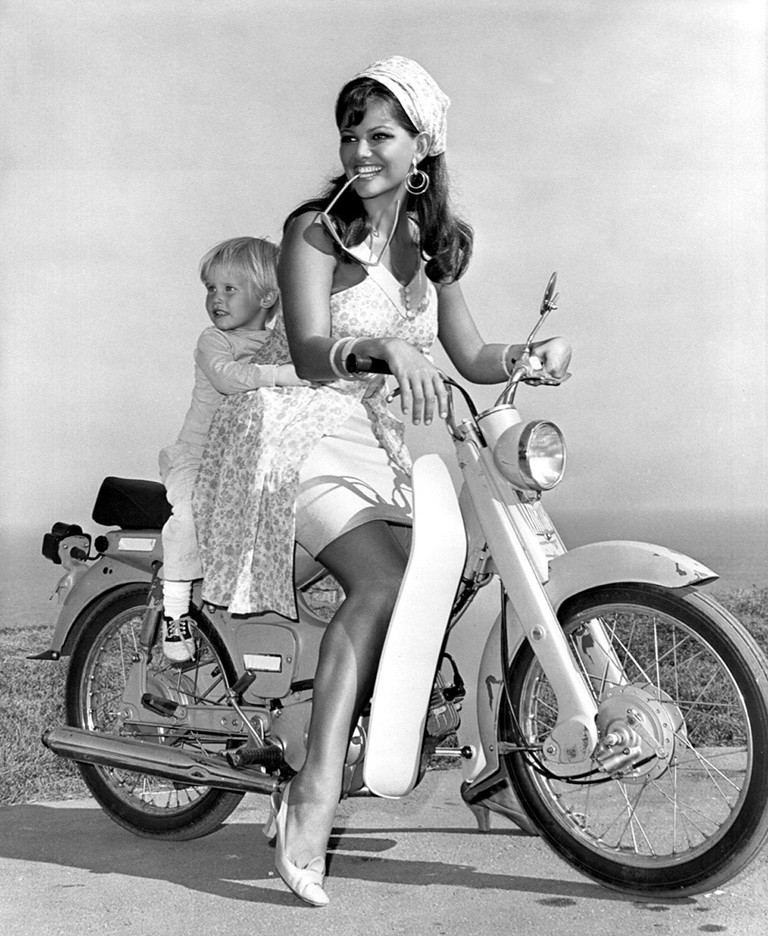
5. **Breakthrough in Italian Neorealism and Comedy**With her professional path secured under Franco Cristaldi, Cardinale swiftly became swept up into the golden age of Italian cinema, despite knowing “not a word” of the language, speaking only French, Arabic and her parents’ Sicilian dialect. Her voice had to be dubbed in Italian in her early movies, a testament to her raw, undeniable screen presence that transcended linguistic barriers. Her official feature debut came with a small role opposite Omar Sharif in Jacques Baratier’s “Goha” in 1958, which made it to Cannes that year.
Her breakout role, however, is widely considered to be in Mario Monicelli’s comedic crime story “Big Deal on Madonna Street” (1958), where she played a “black-clad Sicilian girl” alongside Vittorio Gassman and Renato Salvatori. This film was a commercial and critical success, establishing her as a fresh, engaging face in Italian cinema. She later recalled that at 20, she “became the heroine of a fairytale, the symbol of a country whose language I barely spoke.”
The early 1960s saw her star in a rapid succession of acclaimed films, solidifying her reputation. In 1960, she co-starred in Luchino Visconti’s Milan-set epic “Rocco and His Brothers,” playing opposite Renato Salvatori, Alain Delon, and Annie Girardot. The following year, she headlined Valerio Zurlini’s neorealist romance “Girl With a Suitcase,” where she played a poor woman from the provinces in love with an earnest boy from the upper classes. This film, which premiered in competition in Cannes, earned Cardinale international renown and her first David di Donatello award, Italy’s equivalent of the Oscar.
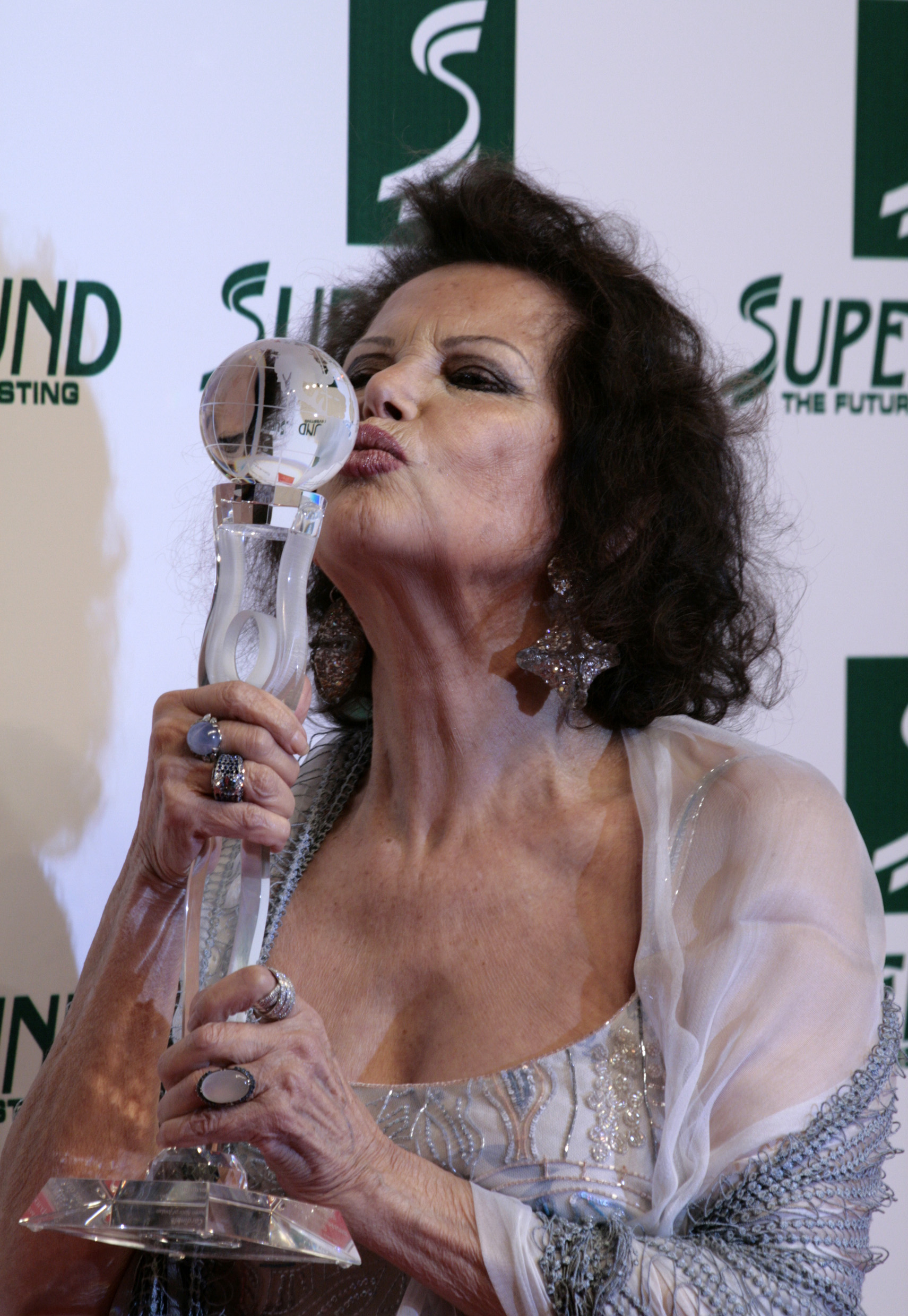
6. **The Watershed Year of 1963: Dual Masterpieces**The year 1963 proved to be an unparalleled watershed in Claudia Cardinale’s career, as she achieved the extraordinary feat of starring in three bona fide classics, two of which were iconic Italian masterpieces filmed simultaneously. At just 25 years old, Cardinale was immersed in the demanding and contrasting worlds of Luchino Visconti’s epic period drama “The Leopard” and Federico Fellini’s surrealist hit “8 1/2,” shuttling between two of Italy’s greatest directors.
In Visconti’s “The Leopard,” she portrayed Angelica Sedara, a beautiful Sicilian who falls in love with Alain Delon’s progressive aristocrat, Tancrede Falconeri, amidst the political turmoil of the 1860s. Cardinale famously recalled Visconti wanting her “brunette with long hair” for the role, and she later credited him with teaching her how to cultivate her screen persona, stating, “Visconti taught me how to be beautiful. He taught me to cultivate mystery, without which, he said, there cannot be real beauty.” The film won the Palme d’Or in Cannes and is widely considered Visconti’s masterpiece.
Concurrently, she was filming Fellini’s autobiographical epic “8 1/2,” playing Claudia, the muse of Marcello Mastroianni’s existentially challenged director, Guido. Fellini, known for his chaotic and script-less approach, wanted her “blonde” and with “short hair.” This film marked a significant turning point as Fellini insisted she use her own husky voice, making it the first time audiences heard her speak Italian on screen. “8 1/2” went on to win Academy Awards and is ranked among the greatest films of all time, further cementing Cardinale’s status as a leading lady of profound artistic depth.

7. **Hollywood’s Embrace and ‘The Pink Panther’**Even as she was solidifying her status in European art house cinema, Claudia Cardinale was embraced by Hollywood, though she explicitly refused to settle there. Her breakthrough role in Hollywood came in 1963 with Blake Edwards’s “The Pink Panther,” a comic turn that showcased her versatility to a global audience. Starring as the wealthy Princess Dala, whose priceless diamond becomes the target of an aristocratic jewel thief played by David Niven, Cardinale’s performance was praised, despite her husky voice being dubbed for the role.
During the filming of “The Pink Panther,” Cardinale received one of her most memorable compliments from co-star David Niven, who famously quipped, “Claudia, along with spaghetti, you’re Italy’s greatest invention.” This role, a commercial success, made her a recognized face in the United States and opened doors to further Hollywood productions. She temporarily relocated to Hollywood for a period, undertaking several films that expanded her international appeal.
These Hollywood ventures included Henry Hathaway’s “Circus World” (1964) with John Wayne and Rita Hayworth, Richard Brooks’s Western “The Professionals” (1966), where she starred alongside Burt Lancaster, Lee Marvin, and Robert Ryan, and Alexander Mackendrick’s surfer comedy “Don’t Make Waves” (1967) with Tony Curtis. Despite this success, Cardinale maintained a strong connection to European cinema, a decision that would define her career philosophy and prevent her from being fully absorbed into the studio system. She considered “The Professionals” to be the best of her Hollywood films, underscoring her preference for substantive roles.
Read more about: Beyond the Blockbusters: 13 ’60s Movie Stars Who Deserved More Hollywood Immortality
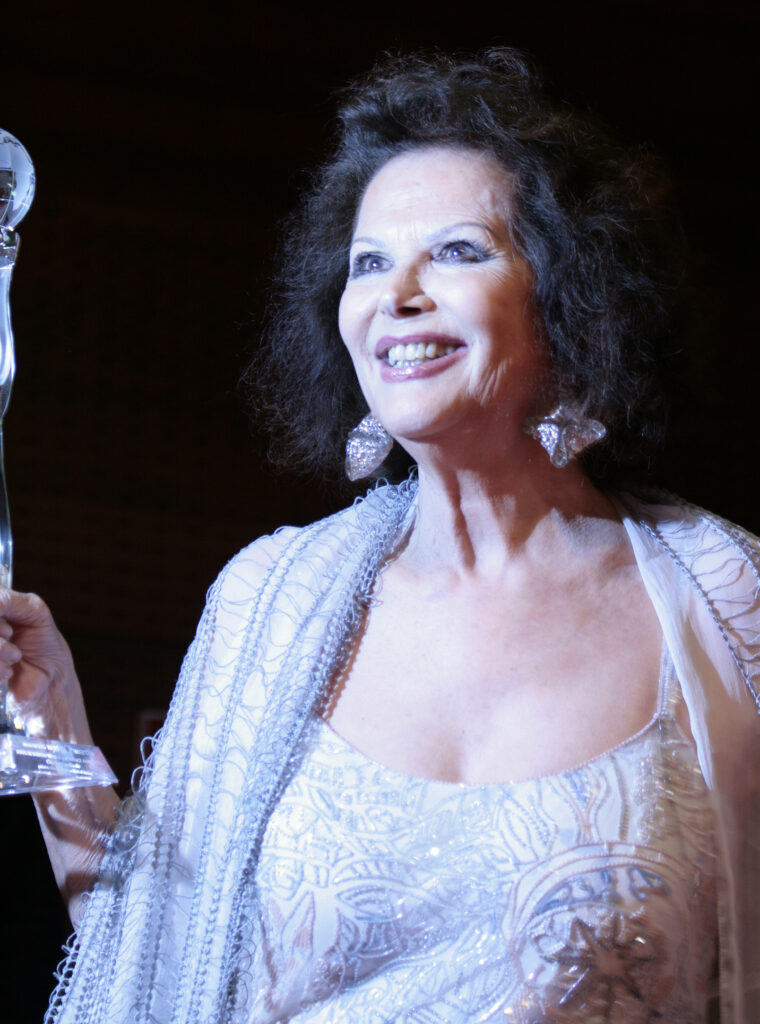
8. **Contrasting Visions: Visconti’s Precision vs. Fellini’s Chaos**The year 1963 was a testament to Cardinale’s remarkable adaptability and artistic depth, as she navigated the radically different directorial styles of Luchino Visconti and Federico Fellini. Visconti, known for his meticulous and precise approach, engaged with Cardinale in French, his instructions clear and focused. He envisioned her as a brunette with long hair for ‘The Leopard,’ a vision that aimed to cultivate a sense of mystery and classical beauty for her character, Angelica Sedara.
Fellini, on the other hand, was celebrated for his spontaneous and often chaotic methods, frequently working without a strict script. His interactions with Cardinale were in Italian, a language she was still mastering, and he desired a starkly different look for her in ‘8 1/2,’ asking for her to be blonde with short hair. This striking contrast in demands — from hair color and length to the very essence of their creative processes — highlights Cardinale’s ability to morph seamlessly between disparate artistic worlds.
Her experience shuttling between the sets of these two legendary directors was a profound period of artistic growth. Visconti, she recounted, ‘taught me how to be beautiful. He taught me to cultivate mystery, without which, he said, there cannot be real beauty.’ Conversely, Fellini challenged her in a different way, insisting that she use her own husky voice for the first time on screen in ‘8 1/2,’ a decision that broke previous conventions and allowed audiences to finally hear her natural speaking voice, adding another layer of authenticity to her burgeoning star persona. These dual experiences not only cemented her status as a leading lady but also forged her versatility.
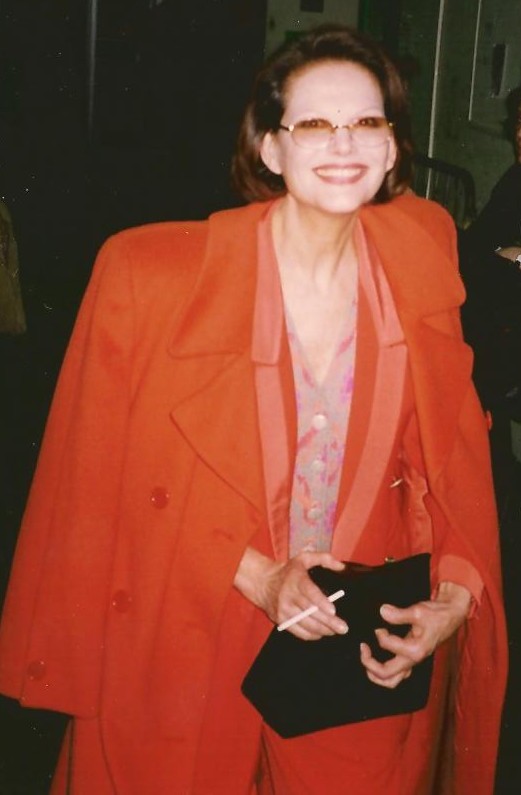
9. **A European Actress First: Refusal of Hollywood Exclusivity**Despite her undeniable success in Hollywood, Claudia Cardinale consciously chose to remain rooted in European cinema, resisting the alluring but often restrictive grip of the American studio system. Her roles in films like ‘The Pink Panther,’ ‘Circus World’ with John Wayne, and ‘The Professionals’ alongside Burt Lancaster, brought her international recognition and confirmed her star power beyond Italy. Yet, her heart remained firmly with the artistic freedom offered by European productions.
This deliberate decision to prioritize European filmmaking was a defining characteristic of her career philosophy. She famously refused to sign an exclusivity contract with Hollywood studios, explaining her stance in a 2002 interview: ‘I’m a European actress and I was going there for movies.’ This independence allowed her to select roles based on artistic merit rather than studio demands, preserving her artistic integrity and unique screen persona.
Cardinale’s discerning approach meant she was not swayed by the promise of continuous blockbusters at the expense of substantive roles. She considered Richard Brooks’s ‘The Professionals’ (1966) to be ‘the best’ of her Hollywood films, underscoring her preference for impactful, well-crafted narratives over sheer commercial output. Her refusal to settle in Hollywood set her apart from many contemporaries, ensuring that she remained a global star while never losing her distinct European identity.
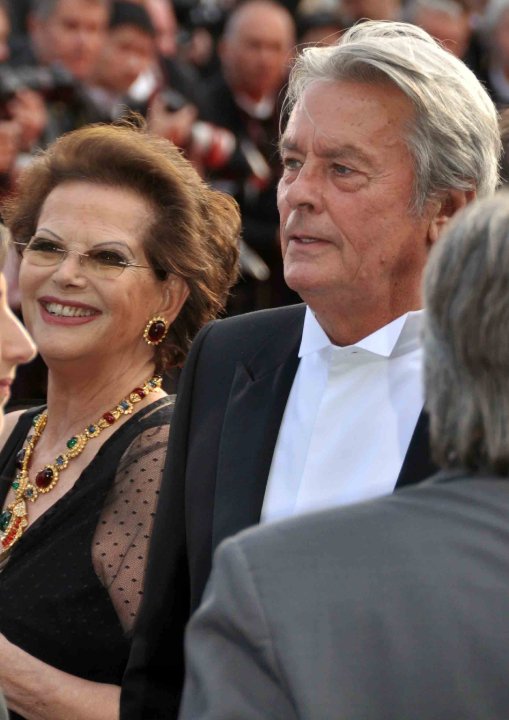
10. **Iconic Westerns and Dramatic Roles**Beyond the glamour of Rome and the sophisticated allure of Paris, Claudia Cardinale carved out an indelible mark in a genre that would define a significant aspect of cinematic history: the Spaghetti Western. Her most iconic English-language role, and arguably one of her most memorable performances, came in Sergio Leone’s epic ‘Once Upon a Time in the West’ (1968). She portrayed Jill McBain, a former prostitute turned homesteader, a woman of fierce resolve fighting to protect her land against ruthless forces.
In this genre-defining masterpiece, Cardinale delivered a powerful and nuanced performance, embodying a strength and vulnerability that transcended the often-stereotypical roles for women in Westerns. Her character was central to the narrative, a resilient figure amidst a harsh landscape, and her interactions with legendary co-stars like Henry Fonda and Charles Bronson added layers of dramatic intensity to the film. She held her own against these towering figures, demonstrating her capacity for commanding screen presence.
One particularly memorable and challenging sequence involved a sadistic love scene with Henry Fonda. Cardinale recounted the difficulty of shooting this scene, noting that Fonda’s wife was present ‘behind the camera like a vulture, which completely paralyzed me.’ This detail offers a rare glimpse into the personal pressures behind creating such an intense cinematic moment. ‘Once Upon a Time in the West’ remains a classic, with Cardinale’s portrayal of Jill McBain becoming an enduring image of defiance and resilience in cinema, further cementing her versatility across diverse genres.
Read more about: Chuck Connors: The Life, Legacy, and Unveiling the Cause of Death of ‘The Rifleman’ Star
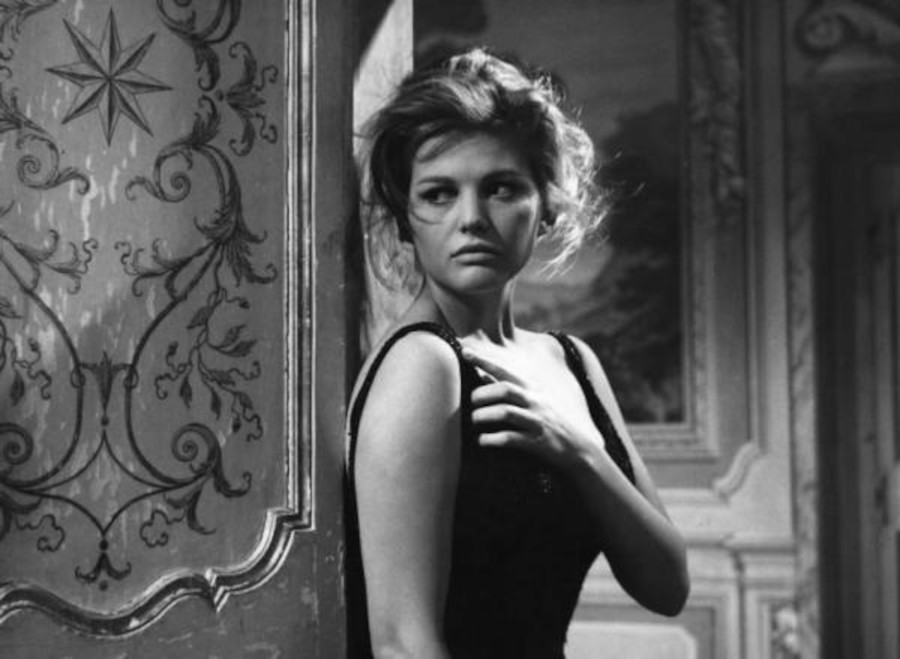
11. **Enduring Dedication: A Career Spanning Decades**Claudia Cardinale’s career was not merely a fleeting burst of stardom but an enduring testament to her unwavering dedication to her craft, spanning over six decades and encompassing more than 130 feature film credits, with some sources listing up to 175 films. From her debut in her early twenties, she worked steadily, demonstrating remarkable longevity and versatility, continuing to perform into her 80s. This impressive output showcased her commitment to acting, long after many of her contemporaries had retired.
Her post-1970s career remained prolific and varied. She earned another David di Donatello prize for Luigi Zampa’s comedy ‘A Girl in Australia’ (1971) and Italian Golden Globes for her leading roles in Pasquale Squitieri’s ‘Claretta’ (1984) and ‘Atto di dolore’ (1990). Beyond the silver screen, Cardinale also graced the stage, starring in theatrical productions of plays by esteemed playwrights such as Luigi Pirandello (‘How You Love Me’), Tennessee Williams (‘Sweet Bird of Youth,’ ‘The Glass Menagerie’), and Neil Simon (‘The Odd Couple’). Her long-term companion, Pasquale Squitieri, often directed her in these stage roles, highlighting a shared artistic journey.
Reflecting on her extensive career, Cardinale once eloquently stated, ‘It’s marvelous to live so many lives. I’ve been living more than 150 lives, totally different women.’ This sentiment captures the essence of her artistic journey, embracing a multitude of characters and experiences. Her commitment extended to her last big screen appearance in Ridha Behi’s 2022 Italian-Tunisian drama ‘The Island of Forgiveness,’ a film that symbolically reconnected her with the land of her birth, proving that her passion for cinema never waned.
Read more about: The Enduring Legacy of Robert Redford: Unraveling the Lives and Tragedies That Shaped His Children’s Journeys
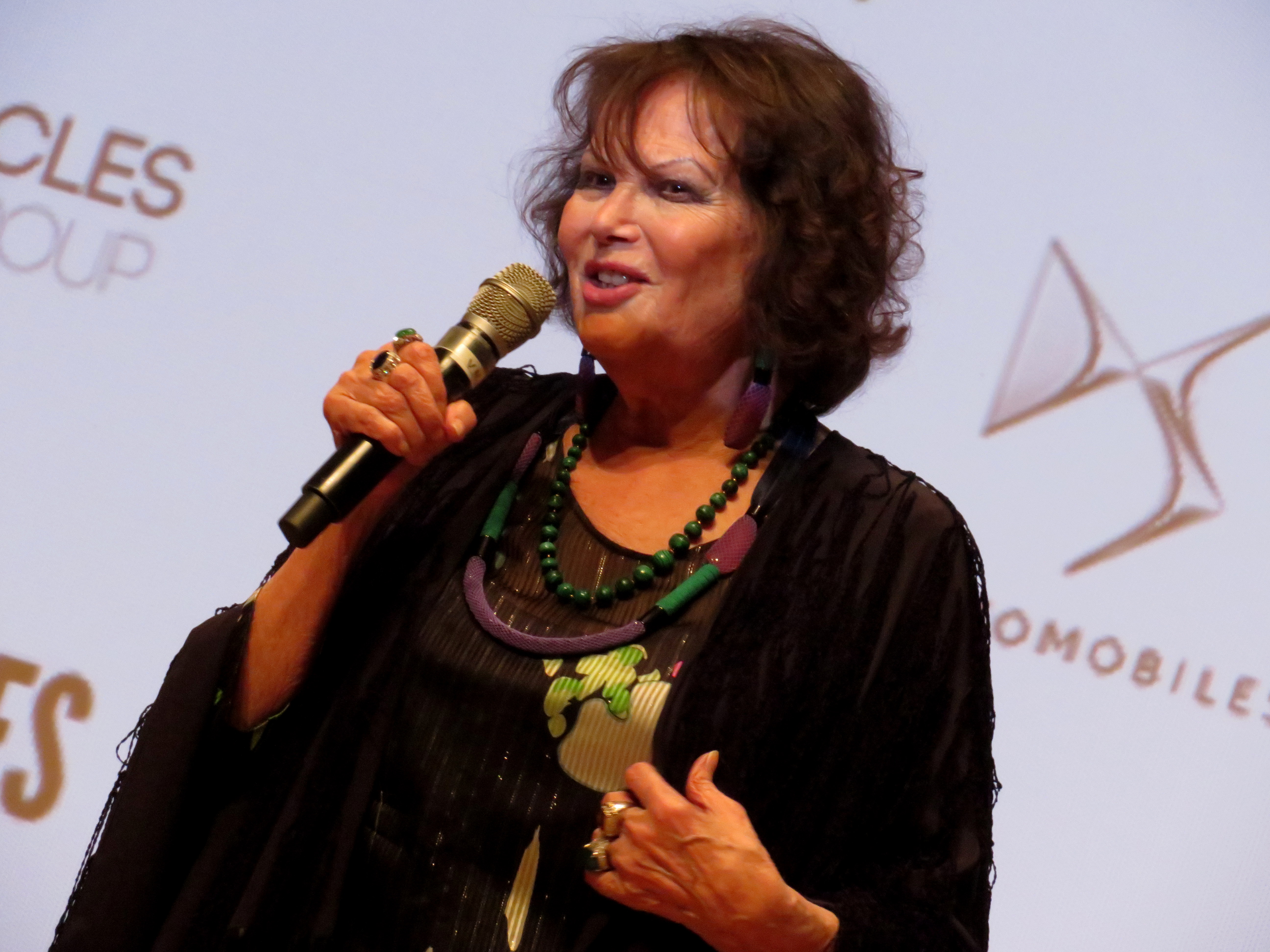
12. **The Private Life: Pasquale Squitieri and Family**While Claudia Cardinale’s public image was one of glamour and cinematic prowess, her private life was carefully guarded, a conscious choice to maintain a separation between her persona and her personal reality. Following her divorce from Franco Cristaldi in 1975, Cardinale found a lasting personal and professional partnership with the Neapolitan director Pasquale Squitieri. Their relationship blossomed into a profound connection, enduring until Squitieri’s death in 2017.
Together, Cardinale and Squitieri welcomed a daughter, also named Claudia, adding another child to Cardinale’s life, alongside her first son, Patrick. Their personal bond often extended to their professional lives, with Cardinale starring in a series of films directed by Squitieri over four decades. These collaborations included notable works such as the Mafia drama ‘Corleone’ (1977), ‘I guappi’ (1974), ‘Claretta’ (1984), and ‘Atto di dolore’ (1990), showcasing a deep artistic trust and understanding between them.
Cardinale was notoriously private about her romantic relationships, famously stating, ‘I never wanted to mix my private and public lives. No flirting. No flings.’ This philosophy guided her approach to fame, allowing her to protect her family and personal space from the intense scrutiny of the media. Her decades-long relationship with Squitieri, marked by both personal companionship and creative synergy, stood as a quiet testament to a profound connection beneath the glare of the cinematic world.
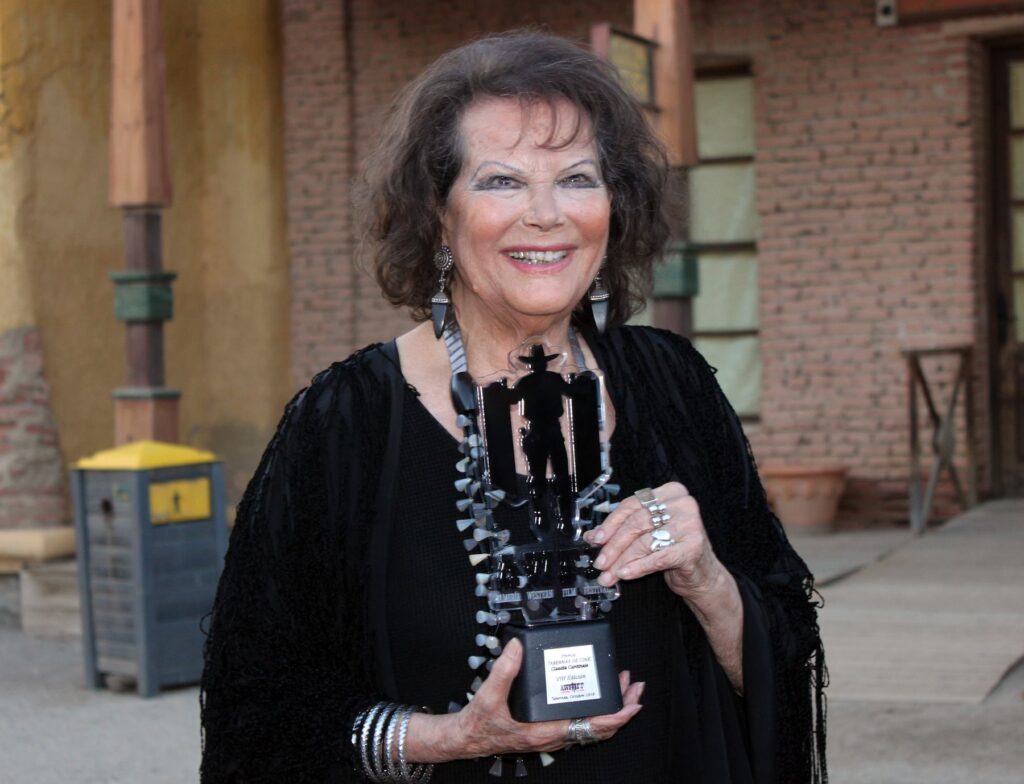
13. **Advocacy and Humanitarian Causes**Beyond her luminous presence on screen, Claudia Cardinale dedicated significant energy to humanitarian causes, particularly advocating for women’s rights. Her commitment to social justice extended her influence far beyond the realm of cinema, establishing her as a voice for change and equality. In recognition of her unwavering dedication, she was appointed a UNESCO Goodwill Ambassador in 2000, a role she embraced with characteristic passion for the cause of women and girls worldwide.
As an active feminist, Cardinale frequently used her platform to highlight issues affecting women. This commitment was starkly illustrated in 2017, when her image graced the official poster of the 70th Cannes Film Festival. The poster, however, drew controversy when it was revealed that her thighs had been airbrushed to appear thinner. Cardinale, a staunch defender of authentic female representation, responded with a powerful statement, emphasizing her pride in her natural appearance and implicitly rejecting unrealistic beauty standards often imposed on women.
Her humanitarian work and advocacy were deeply personal. She once reflected on the fortunate trajectory of her life, stating, ‘I’ve had a lot of luck. This job has given me a multitude of lives, and the possibility of putting my fame at the service of many causes.’ This quote encapsulates her belief in leveraging her celebrity for the greater good, particularly for causes close to her heart, demonstrating that her impact extended far beyond her cinematic achievements.
Read more about: From Small Screen Starts to Silver Screen Superstars: 10 Actors Who Mastered the Art of the Career Pivot
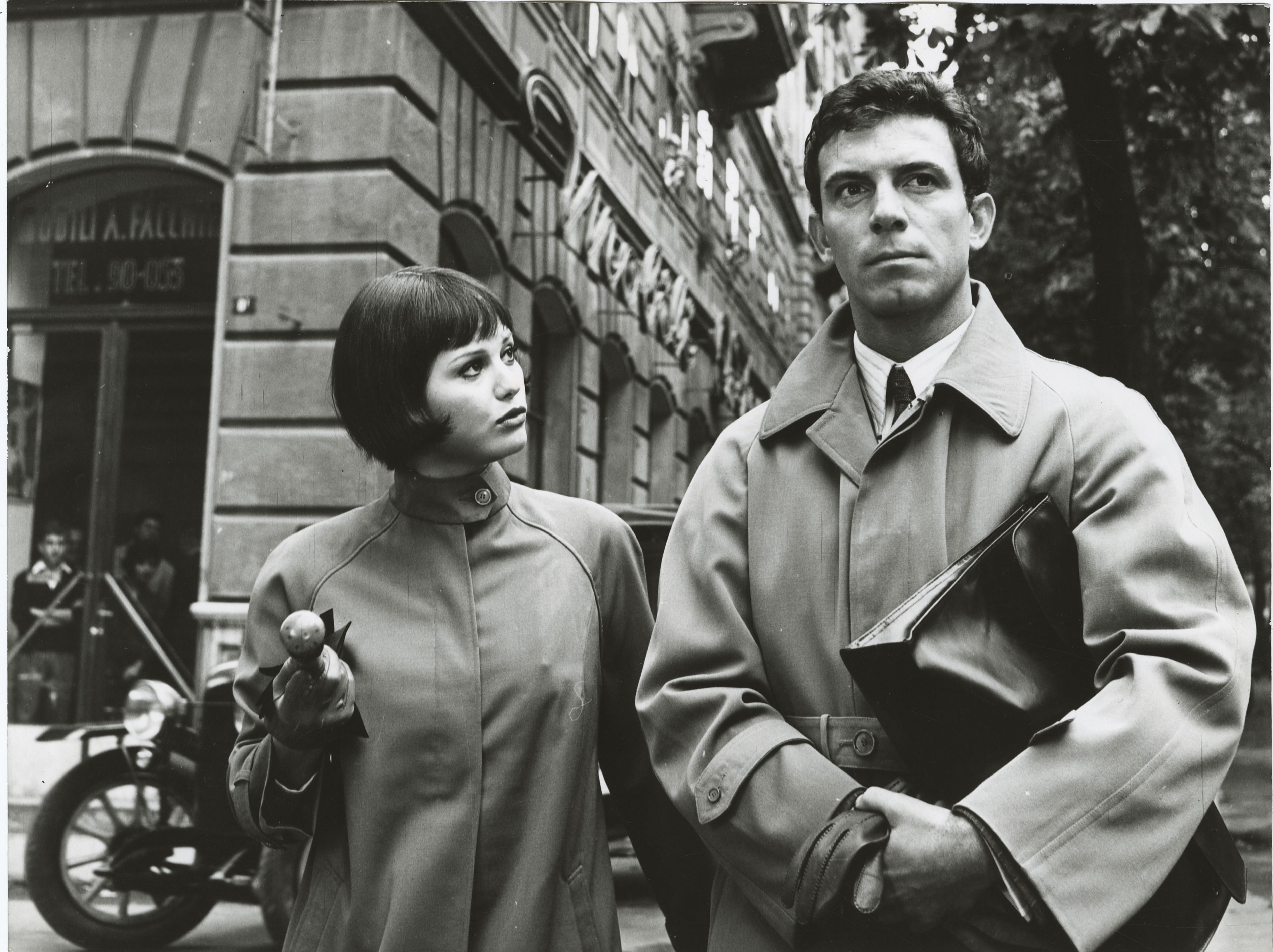
14. **A Legacy Defined: Awards, Persona, and Cultural Impact**Claudia Cardinale’s legacy is a rich tapestry woven from numerous industry accolades, a distinctive screen persona, and an indelible cultural impact that transcended generations. Throughout her illustrious career, she garnered significant recognition, including three prestigious David di Donatello Awards, Italy’s equivalent of the Oscar. Her contributions were further celebrated with an honorary Golden Lion from the Venice Film Festival in 1993, and an Honorary Golden Bear at the Berlinale in 2002, marking her enduring influence on global cinema. In 2008, France, her adopted home, awarded her the Legion of Honor, cementing her status as a cherished international figure.
Her screen persona was a unique blend of sensuality and accessibility, earning her descriptions such as the ’embodiment of postwar European glamour’ and ‘Italy’s girlfriend.’ Critics noted her ability to be both a ‘ symbol’ and possess a ‘girl-next-door’ appeal, making her distinct among her contemporaries. David Niven famously complimented her, quipping, ‘Claudia, along with spaghetti, you’re Italy’s greatest invention,’ a playful yet profound testament to her charm and appeal. Her image, captured dancing on a Rome rooftop in 1959, graced the official poster of the 70th Cannes Film Festival in 2017, solidifying her place in cinematic iconography.
Cardinale’s cultural impact extended beyond critical acclaim and box office success. She was named one of the 50 most beautiful women in the history of cinema by The Los Angeles Times Magazine and was an admirer of Bob Dylan, appearing on the foldout of his legendary ‘Blonde on Blonde’ album. Her life and career provided an enduring blueprint for authenticity in an often-superficial industry. Reflecting on her journey, she offered poignant advice for young actresses: ‘Never take on a role that will hurt you or make you sell out. And refuse to accept the awful caprices of certain directors or any form of professional blackmail. Yes, you need to fight!’ This powerful counsel encapsulates the spirit of a woman who, from reluctant discovery to global icon, charted her own course with fierce independence and unwavering integrity. Her passing signifies not an ending, but a timeless affirmation of a legacy that will continue to inspire and resonate throughout cinematic history.
Read more about: Marian Burros, Influential Food Writer and Consumer Advocate, Dies at 92, Leaving a Legacy of Investigative Journalism and Culinary Classics
Claudia Cardinale leaves behind an unmatched body of work, a testament to her unique blend of raw talent, stunning beauty, and formidable spirit. Her remarkable journey, from a shy girl in Tunis to an international icon, is a story of resilience, passion, and an unyielding commitment to her art and her values. She not only graced the screen but redefined it, becoming a beacon of strength and elegance whose influence will ripple through generations of filmmakers and cinephiles alike. The golden age of European cinema may have lost one of its brightest stars, but her light will forever shine in the pantheon of cinematic greats.


